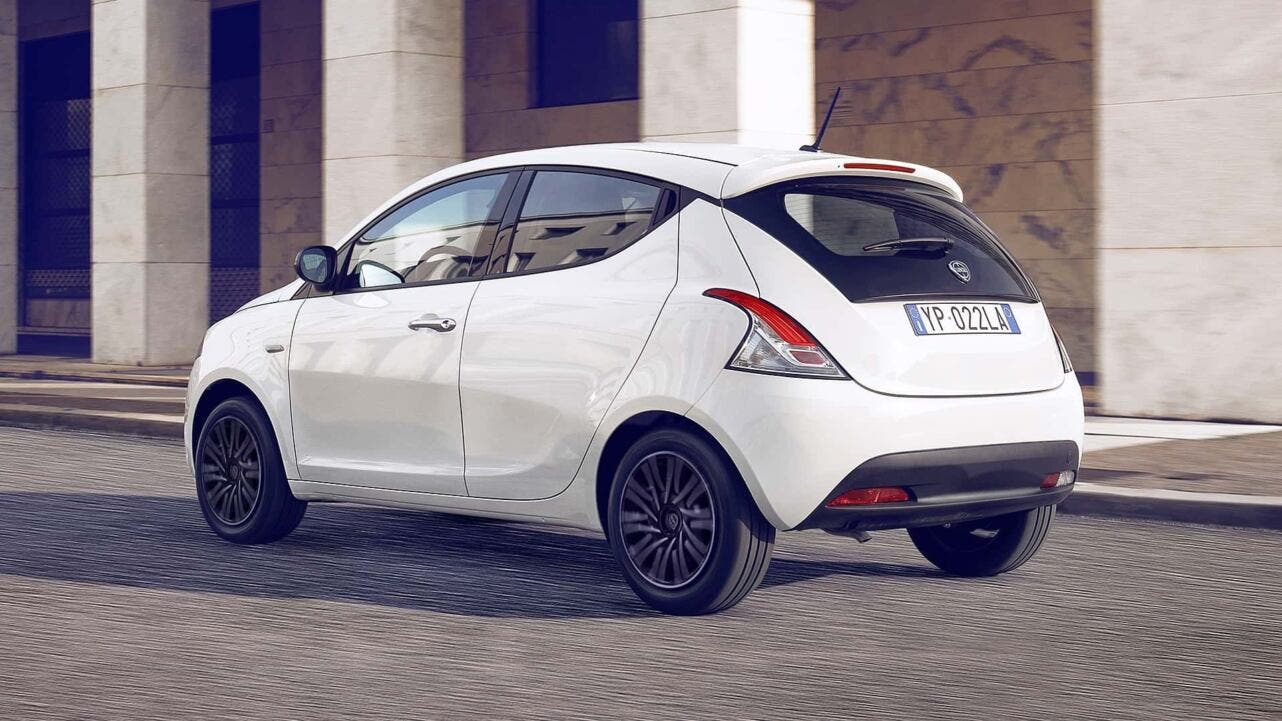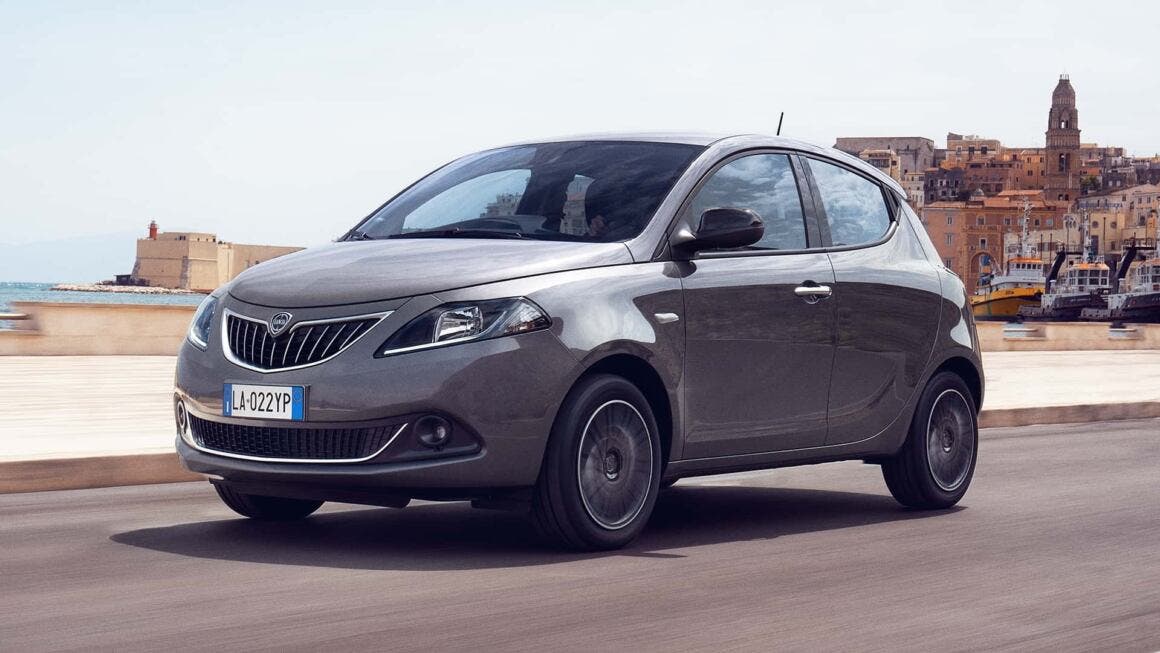The recent launch of the new generation of the Lancia Ypsilon marks the end of a very important chapter for the historic Italian brand. After an impressive journey lasting 13 years, the previous generation of this iconic city car stood out as one of the best-selling vehicles in Italy, with 44,891 units delivered just last year. However, this historic model is now set to retire, making way for its successor.
The upcoming safety regulation, set to take effect in July 2024, plays a significant role in this transition. The legislation mandates that all new cars be equipped with specific advanced driver assistance systems (ADAS), such as drowsiness detection, automatic emergency braking, and lane-keeping assistance.
Lancia Ypsilon: the iconic city car’s current generation to exit the market
The current generation of the Ypsilon does not feature these advanced technologies, hence Stellantis has decided against updating this model, unlike the planned updates for the Fiat Panda. As a result, the production of the current model will be gradually phased out, with sales limited to the remaining stock. Despite its retirement, the Lancia Ypsilon has proven it can still effectively compete in the Italian market thanks to its still-relevant design, reliable engines, and advantageous pricing.

The arrival of the new Lancia Ypsilon will leave a void in the four-door city car segment under 4 meters in length. However, this gap might be partially filled by the Fiat Pandina, also within the Stellantis range. Yet, the question remains: which model will inherit the success and popularity of the old Ypsilon?
With evolving regulations and constant technological innovation, automakers are called upon to renew their product range to meet the emerging needs for safety and sustainability. The story of the Ypsilon is an important example of how a vehicle can leave a lasting imprint on consumers’ hearts and the market, but also of how innovation and adaptation are essential for survival and success in the dynamic automotive industry.

